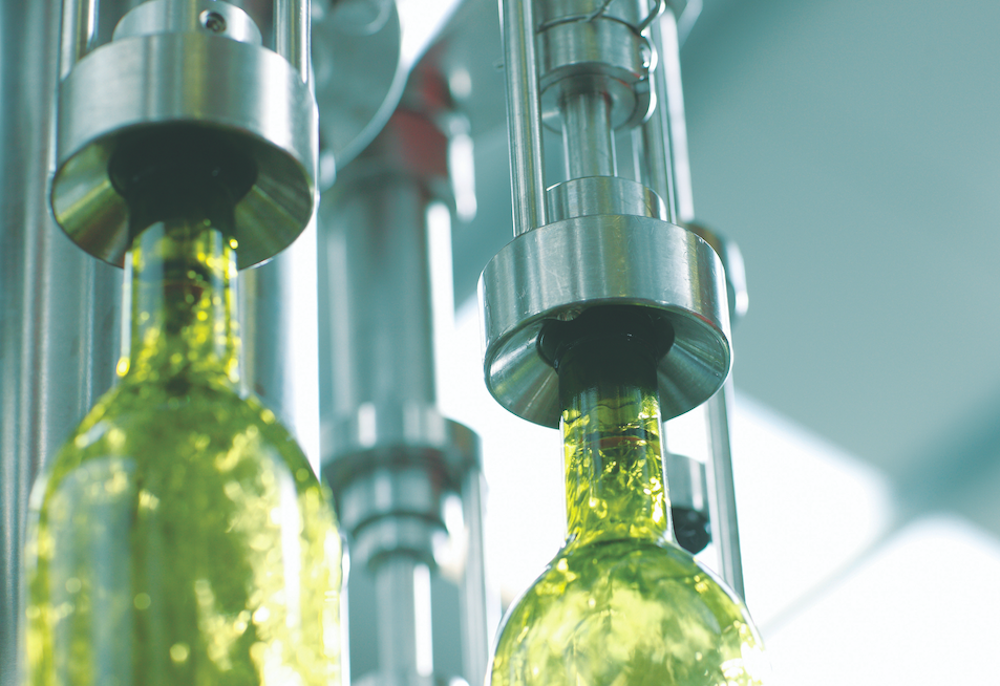The demand for water reuse systems is growing as more companies are seeking ways to streamline operations and enhance sustainability practices. A number of businesses have taken the lead in reducing their water footprints by implementing a water reuse system. Global Water Intelligence reports that major companies have committed more than $84 billion over the past three years to water efficiency and conservation.
“Water reuse is one method businesses can employ to reduce source-water risk, enhance sustainability practices and better control water quality,” says Nate Maguire, Xylem’s Americas Business Unit Director, Industry & Agriculture.
Selecting the right equipment to meet water reuse requirements is critical to maximizing energy savings. Pumps play an important role in water reuse systems, and proper pump selection is vital to an efficient system.
Pumps generally serve one of two purposes in a reuse system: transportation or pressure boosting. Water must be moved from one location to another for treatment, storage or use. Some treatment technologies require pressure boosting, including reverse osmosis, in which specific pressures are required to move water through a membrane.
“Pumps play a critical, but often overlooked, role in water reuse systems, and can be the single biggest consumer of energy in a treatment train,” adds Maguire.
Xylem, a leader in global water technology, estimates that a water reuse system using improperly sized piping and pumps can increase energy consumption by 200 to 300 percent.
By following the steps below, a business can substantially improve its energy efficiency in water reuse and select the right pumps.
- Determine the flow rate.
-
For a transport application, determine the static head and friction loss for the piping system. Be sure to minimize friction loss when designing the plumbing layout.
-
For a boosting application, establish the pressure requirement and friction loss for the piping system.
-
-
Establish the water makeup and compatibility.
-
Check the density of the water.
-
Examine chemical compatibility, such as pH levels.
-
-
Select the pump.
-
Find the flow curves and Best Efficiency Point.
-
Choose the Net Positive Suction Head or the suction head value at a specific flow point that is required to keep the pump out of cavitation.
- Include the following in your list for consideration when making the final decision:
- Certifications (Unlisted Laboratories (UL), CE Marking, NSF-61 for potable water)
- Environmental conditions, which are needed to determine the correct motor disclosure
- Voltage requirements
- Variable speed options and controllers
-
Remember, equipment is just one component in implementing a water reuse system. By taking a holistic approach to water-related issues, businesses can increase productivity, maximize energy and realize cost savings while using water in a responsible and efficient manner.




